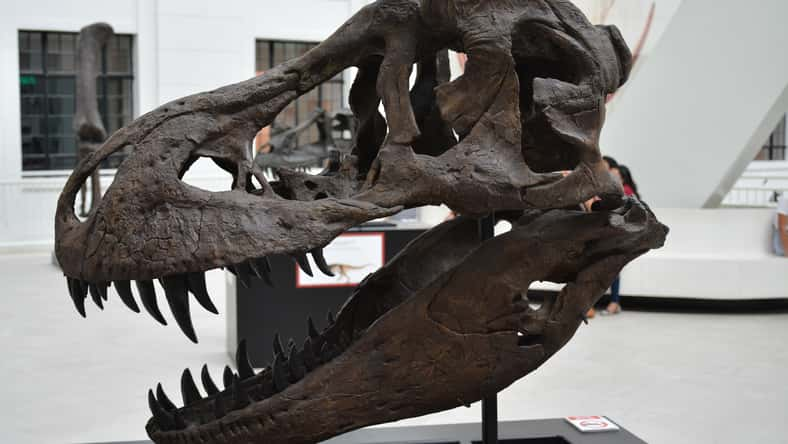
From cave paintings to DNA discoveries, scientists are constantly coming across new clues about their intelligence, culture, and connection to modern humans. With each fresh piece of information, we are rewriting the story of our ancient relatives.
About 250,000 years ago, Neanderthals emerged from European pre-Neanderthal populations that lived in Eurasia between 500,000 and 250,000 years ago. For a long time, it was believed that no major changes occurred throughout the evolution of Neanderthals.
But recent research based on DNA samples extracted from fossils has revealed there was an evolutionary event that caused the drastic loss of genetic diversity between early Neanderthals and later ones.
This genetic loss is known as a “bottleneck” and is usually the result of a decrease in the number of individuals in a population. According to data, the decline in genetic variation happened around 110,000 years ago.
Currently, experts believe that the earliest Neanderthals exhibited lower genetic diversity than pre-Neanderthals because of a bottleneck event.
However, the existence of a bottleneck event has not yet been confirmed due to the lack of ancient genetic sequences needed for analysis.
In the new study, a team of researchers measured the genetic diversity in the semicircular canals, the structure of the inner ear that is responsible for our sense of balance. Samples were taken from two collections of human fossils.
One of them was from the Sima de los Huesos site of Atapuerca, dated to 430,000 years old. The site contains the largest sample of pre-Neanderthals in the fossil record.
The other is from the Croatian site of Krapina, which represents the most complete collection of early Neanderthals. It dates to approximately 130,000 to 120,000 years ago.

Sign up for Chip Chick’s newsletter and get stories like this delivered to your inbox.
The researchers calculated the diversity of the semicircular canals of both samples and compared them to each other and with some samples of later (classic) Neanderthals.
The findings demonstrated that the morphological diversity of the semicircular canals of classic Neanderthals was lower than that of pre-Neanderthals and early Neanderthals.
“By including fossils from a wide geographical and temporal range, we were able to capture a comprehensive picture of Neanderthal evolution,” said Mercedes Conde-Valverde, one of the lead authors of the study.
“The reduction in diversity observed between the Krapina sample and classic Neanderthals is especially striking and clear, providing strong evidence of a bottleneck event.”
The level of inner ear bone genetic diversity between the pre-Neanderthals and the early Neanderthals was surprisingly similar, which challenges the assumption that the Neanderthal lineage originated with a bottleneck event.
Understanding their morphology, abilities, and interactions with each other helps make the mystery of human evolution a little clearer, as they are a big part of our history! The details of the full study were published in the journal Nature Communications.












